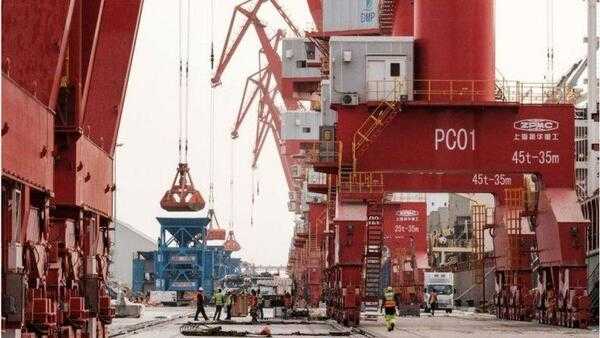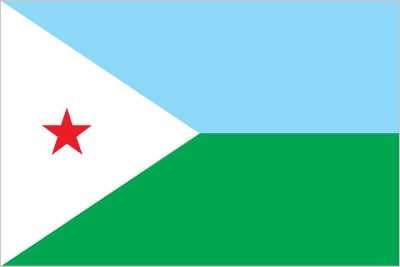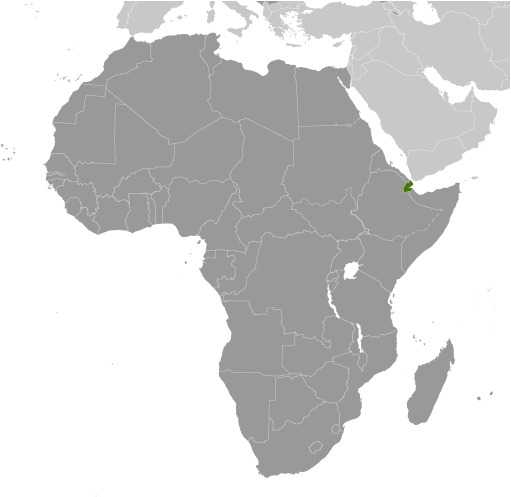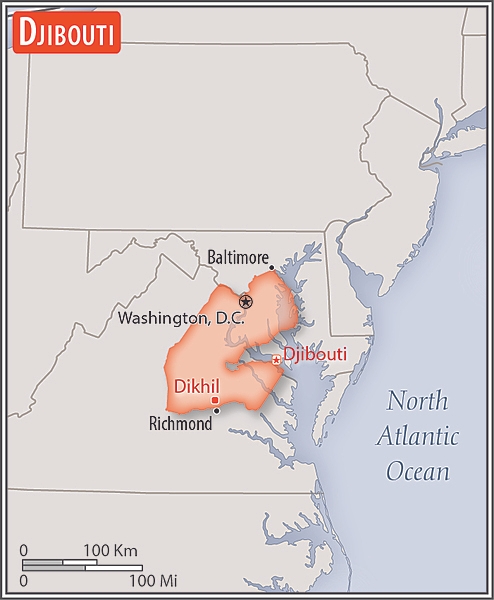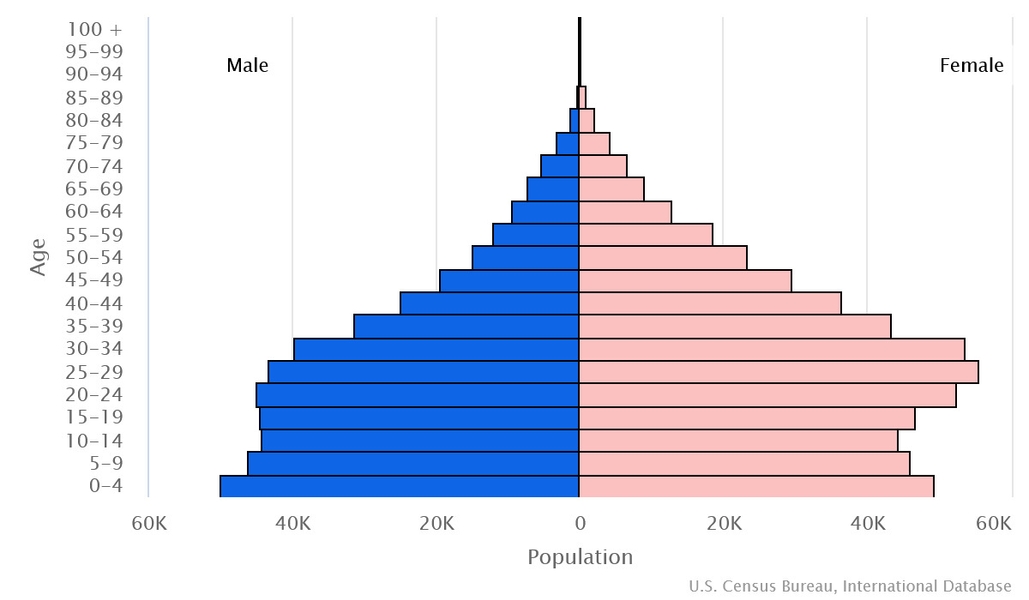Introduction
Visit the Definitions and Notes page to view a description of each topic.
Geography
People and Society
Population
comparison rankings: female 162; male 164; total 162
Median age
comparison ranking: total 164
Population growth rate
comparison ranking: 45
Birth rate
comparison ranking: 56
Death rate
comparison ranking: 120
Net migration rate
comparison ranking: 23
Maternal mortality ratio
comparison ranking: 39
Infant mortality rate
comparison ranking: total 25
Life expectancy at birth
comparison ranking: total population 202
Total fertility rate
comparison ranking: 94
Obesity - adult prevalence rate
comparison ranking: 131
Alcohol consumption per capita
comparison ranking: total 172
Children under the age of 5 years underweight
comparison ranking: 31
Education expenditures
comparison ranking: 136
Environment
Revenue from forest resources
comparison ranking: 85
Revenue from coal
comparison ranking: 62
Government
Economy
Real GDP (purchasing power parity)
comparison ranking: 172
Real GDP growth rate
comparison ranking: 23
Real GDP per capita
comparison ranking: 164
Inflation rate (consumer prices)
comparison ranking: 31
GDP - composition, by sector of origin
comparison rankings: services 21; industry 169; agriculture 163
Industrial production growth rate
comparison ranking: 17
Labor force
comparison ranking: 172
Unemployment rate
comparison ranking: 206
Youth unemployment rate (ages 15-24)
comparison ranking: total 1
Gini Index coefficient - distribution of family income
comparison ranking: 35
Public debt
comparison ranking: 164
Taxes and other revenues
comparison ranking: 15
Current account balance
comparison ranking: 59
Reserves of foreign exchange and gold
comparison ranking: 162
Debt - external
comparison ranking: 70
Energy
Electricity
comparison rankings: transmission/distribution losses 54; imports 90; consumption 174; installed generating capacity 179
Carbon dioxide emissions
comparison ranking: total emissions 183
Energy consumption per capita
comparison ranking: 152
Communications
Telephones - fixed lines
comparison ranking: total subscriptions 167
Telephones - mobile cellular
comparison ranking: total subscriptions 174
Internet users
comparison ranking: total 157
Broadband - fixed subscriptions
comparison ranking: total 159
Transportation
Merchant marine
comparison ranking: total 126
Military and Security
Military expenditures
comparison ranking: 24
